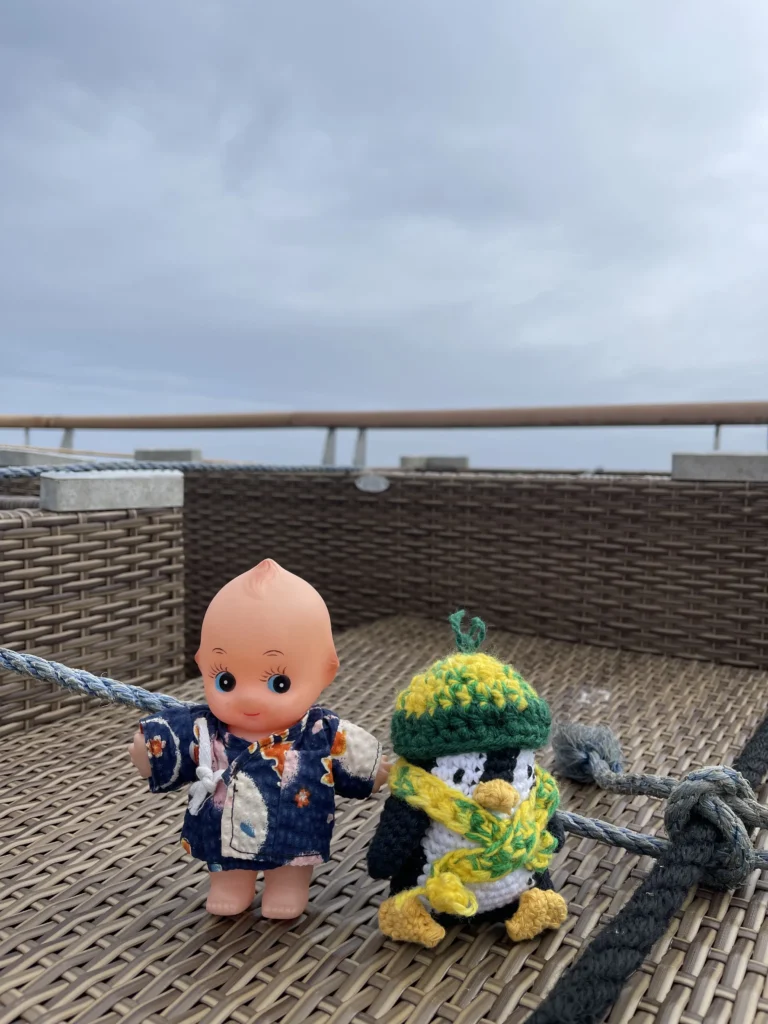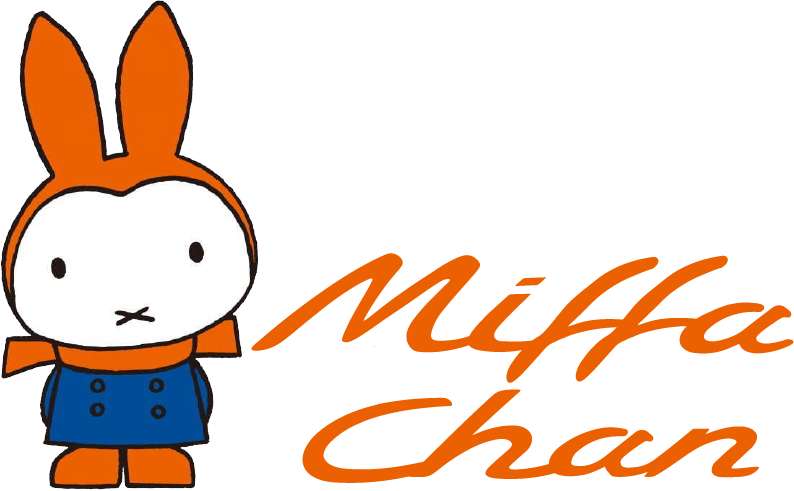Antique and vintage Kewpie dolls are among the most sought-after collectibles by doll enthusiasts worldwide especially those who collect early 1900 and celluloid / bisque made dolls.
Kewpie dolls are famous for their whimsical charm and nostalgic appeal, making them an attractive addition to any doll collection. Let’s explore some of the history and characteristics of antique and vintage Kewpie dolls, and why they remain popular, and also quite accessible to collectors and Kewpie lovers today.
The Origins of Kewpie Dolls
As we explained in our first article Kewpie is American and not Japanese. Kewpie dolls were created by American cartoonist and illustrator, Rose O’Neill, in the early 1900s. O’Neill initially created Kewpie characters for a magazine series, which became wildly popular with readers. The cute and lovable Kewpie characters soon became a sensation and spawned a range of merchandise, including dolls.
The first Kewpie dolls were made by the German porcelain manufacturer, Gebrüder Heubach. The dolls were produced in various sizes and were made of bisque, a type of unglazed porcelain that has a matte finish. These early dolls were marked with the Heubach sunburst mark and were made between 1912 and 1930.
Characteristics of Kewpie Dolls
Kewpie dolls are typically small in size, measuring between 2 to 12 inches tall, and have a distinctive look that sets them apart from other dolls. Kewpie dolls have a plump, round body with chubby limbs and a cute, cherubic face.
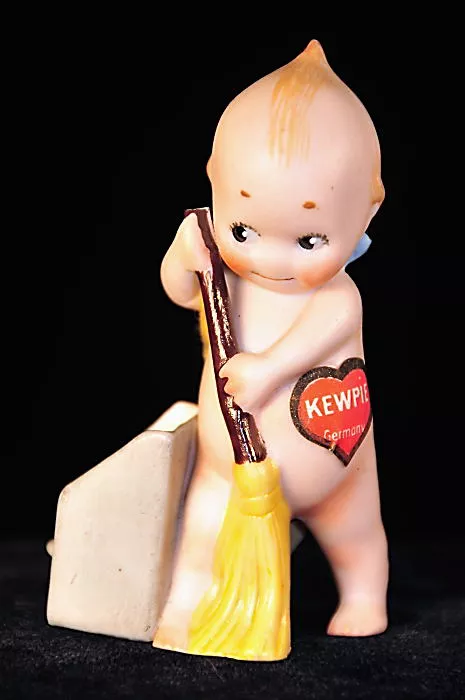
The Spruce / Denise Van Patten
One of the most recognizable features of Kewpie dolls is their topknot hairstyle, which is often adorned with a tiny bow or ribbon. The dolls also have chubby cheeks, large eyes, and a small, smiling mouth. Many Kewpie dolls have jointed arms and legs, allowing them to be posed in various positions.
A few of them include accessories or attached elements, ie books, brooms, etc.
Collecting Antique and Vintage Kewpie Dolls
Antique and vintage Kewpie dolls are highly collectible and can be worth a significant amount of money, depending on their condition and rarity. Collectors are drawn to Kewpie dolls because of their whimsical charm and nostalgic appeal.
When collecting antique and vintage Kewpie dolls, it’s essential to look for specific markings and characteristics that indicate the doll’s age and origin. For example, Kewpie dolls made by Gebrüder Heubach will have the sunburst mark on the back of the neck, while dolls made by other manufacturers may have a different mark.
It’s also essential to pay attention to the doll’s condition. Antique and vintage Kewpie dolls that are in excellent condition, with no chips or cracks in the porcelain, will command a higher price than dolls that are damaged or restored. Collectors should also look for dolls that retain their original clothing and accessories, as these are an important part of the doll’s history and value.
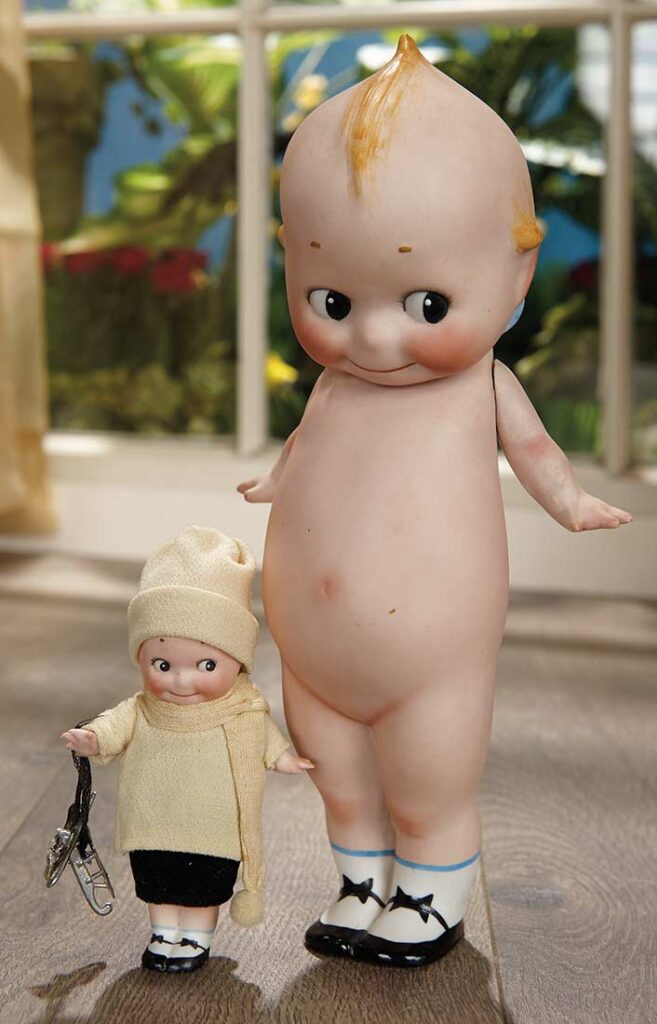
Why Kewpie Dolls Remain Popular
Despite being over a century old, Kewpie dolls remain popular among collectors today. The dolls’ nostalgic appeal and unique charm continue to captivate collectors, making them a highly sought-after addition to any doll collection.
Kewpie dolls are also versatile collectibles, with a range of sizes and styles to choose from. Collectors can choose to focus on collecting a particular size or era of Kewpie dolls, or they can collect a range of different dolls, each with its unique characteristics and history.
Newer Kewpie Dolls made from other materials 50’s 70’s
Even in you are not into the collector’s world or just don’t like fragile materials Kewpie dolls are highly desirable, lovely as gifts, kids friends or any use you can have in mind.
Kewpie dolls and figurines are a popular souvenir and collectible item in Japan, and they can be found in many open-air markets, gift shops, and tourist destinations throughout the country. These dolls are often very affordable, with prices ranging from just a few hundred yen to a few thousand yen.
The Japanese Kewpie Dolls / Figurines
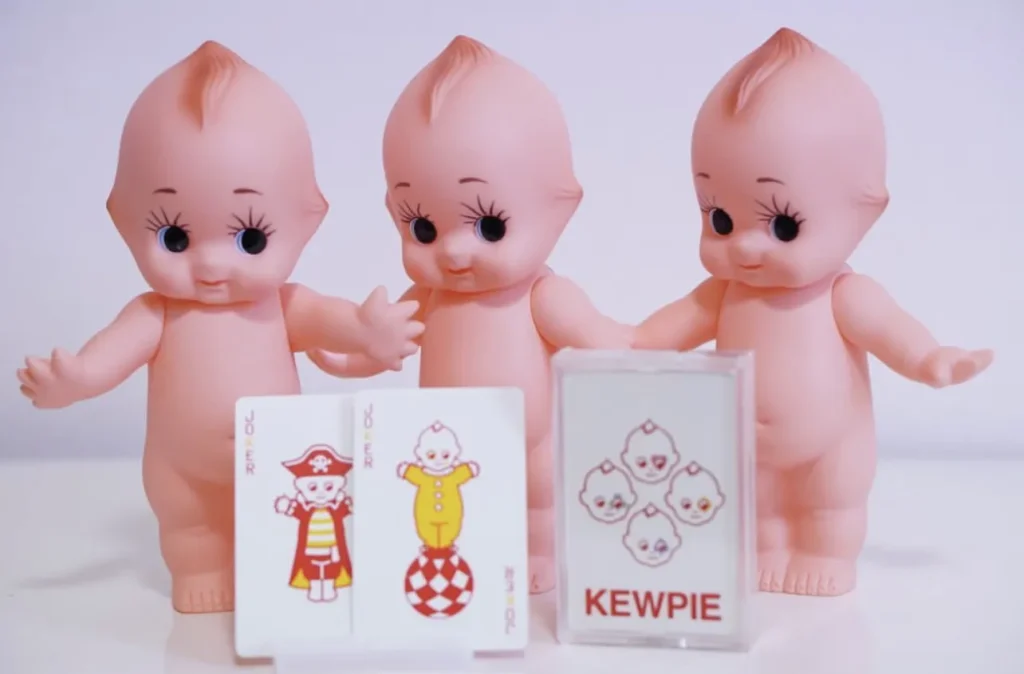
In Japan, Kewpie dolls became popular in the 1920s and 1930s, and they have remained a beloved part of Japanese culture ever since. Kewpie dolls are often associated with good luck and prosperity, and they are commonly given as gifts for special occasions such as weddings, births, and graduations.
One reason why Kewpie dolls are so common in open-air markets and gift shops is that they are relatively easy and inexpensive to produce. Kewpie dolls are typically made from molded plastic or vinyl, and they are mass-produced using automated manufacturing processes. This allows manufacturers to produce large quantities of Kewpie dolls at a low cost, which in turn makes them affordable for consumers.
Another reason why Kewpie dolls are so popular is that they are widely recognized as a symbol of Japanese culture. For tourists visiting Japan, a Kewpie doll can serve as a fun and whimsical souvenir that captures the spirit of their trip. Kewpie dolls are often dressed in traditional Japanese clothing or depicted in poses that reflect Japanese culture and customs.
Overall, Kewpie dolls and figurines are a beloved and iconic part of Japanese culture, and they can be found in a wide variety of settings throughout the country.
Whether you are a collector looking to add to your collection or a tourist looking for a fun and affordable souvenir, a Kewpie doll is sure to bring a smile to your face and a bit of Japanese culture into your home.
